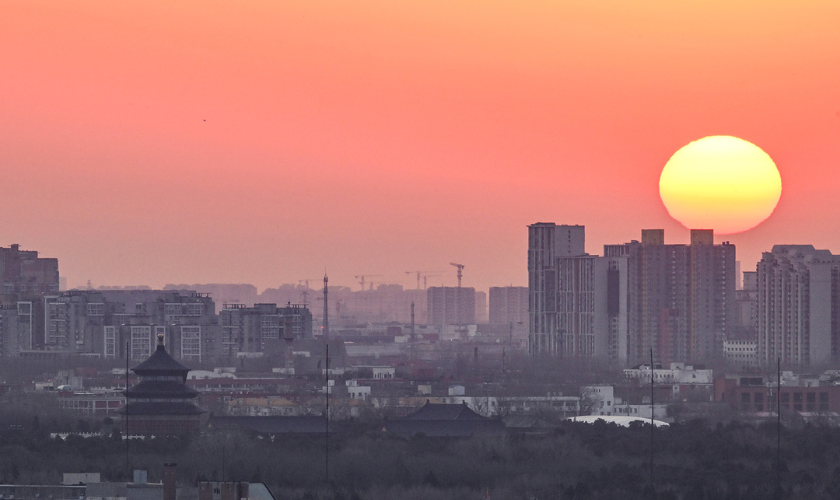China recorded one of its slowest rates of economic growth in decades last year, data showed Friday, as leaders nervously eye a potential trade standoff with incoming US president Donald Trump.
In recent months, Beijing has introduced its most aggressive support measures in years in an attempt to reignite an economy struggling with multiple challenges, including a prolonged property market debt crisis and sluggish consumer spending.
Official data from China's National Bureau of Statistics (NBS) revealed the economy grew by 5.0 percent in 2024, down from 5.2 percent in 2023.
The NBS described the growth as occurring in the face of a “complicated and severe environment with increasing external pressures and internal difficulties.” Officials also acknowledged that the economy was still facing “difficulties and challenges.”
Retail sales, a key gauge of consumer sentiment, rose by just 3.5 percent—significantly lower than the 7.2 percent growth recorded in 2023.
However, industrial output increased by 5.8 percent, up from 4.6 percent the previous year.
The GDP growth rate is the lowest recorded by China since 1990, excluding the financially tumultuous years during the Covid-19 pandemic.
Analysts surveyed by AFP estimated that growth could fall to just 4.4 percent in 2025, and potentially dip below 4 percent in the following year.
Despite efforts to stimulate the economy, China has struggled to recover from the pandemic. Domestic spending remains weak, and indebted local governments continue to drag down overall growth.
In a rare bright spot, official data showed that China's exports reached a historic high last year. However, concerns over an escalating trade surplus suggest that Beijing may not be able to rely on exports to boost an otherwise lackluster economy.
Donald Trump, who will begin his second term next week, has promised to impose heavy sanctions on China. As a result, Beijing has rolled out several measures in recent months to bolster the economy, including interest rate cuts, easing local government debt, and expanding subsidy programs for household goods.
Confidence Crisis
Observers were closely monitoring Friday's data release—particularly the fourth-quarter figures—for signs that these measures had helped revive economic activity.
The NBS stated, "With a package of incremental policies being timely rolled out... social confidence was effectively bolstered, and the economy recovered remarkably."
China's central bank has indicated that 2025 will likely see further interest rate cuts, reflecting a shift towards a "moderately loose" monetary policy stance.
However, analysts caution that more efforts are needed to stimulate domestic consumption, as the outlook for Chinese exports grows more uncertain.
"Monetary policy support alone is unlikely to right the economy," said Harry Murphy-Cruise of Moody's Analytics. "China is suffering from a crisis of confidence, not one of credit; families and firms do not have the confidence in the economy to warrant borrowing, regardless of how cheap it is to do so," he added.
To address this, Beijing has expanded its subsidy program to include more household items, such as rice cookers and microwave ovens, in an effort to encourage spending.
Yet recent data suggests that government efforts have not yet fully revived consumer activity. In December, China narrowly avoided slipping into deflation, with prices rising at their slowest pace in nine months.
China had emerged from a four-month period of deflation in February, following its sharpest fall in prices in 14 years. Deflation can harm the broader economy, as consumers tend to delay purchases, anticipating further price reductions.
AFP/RSS












